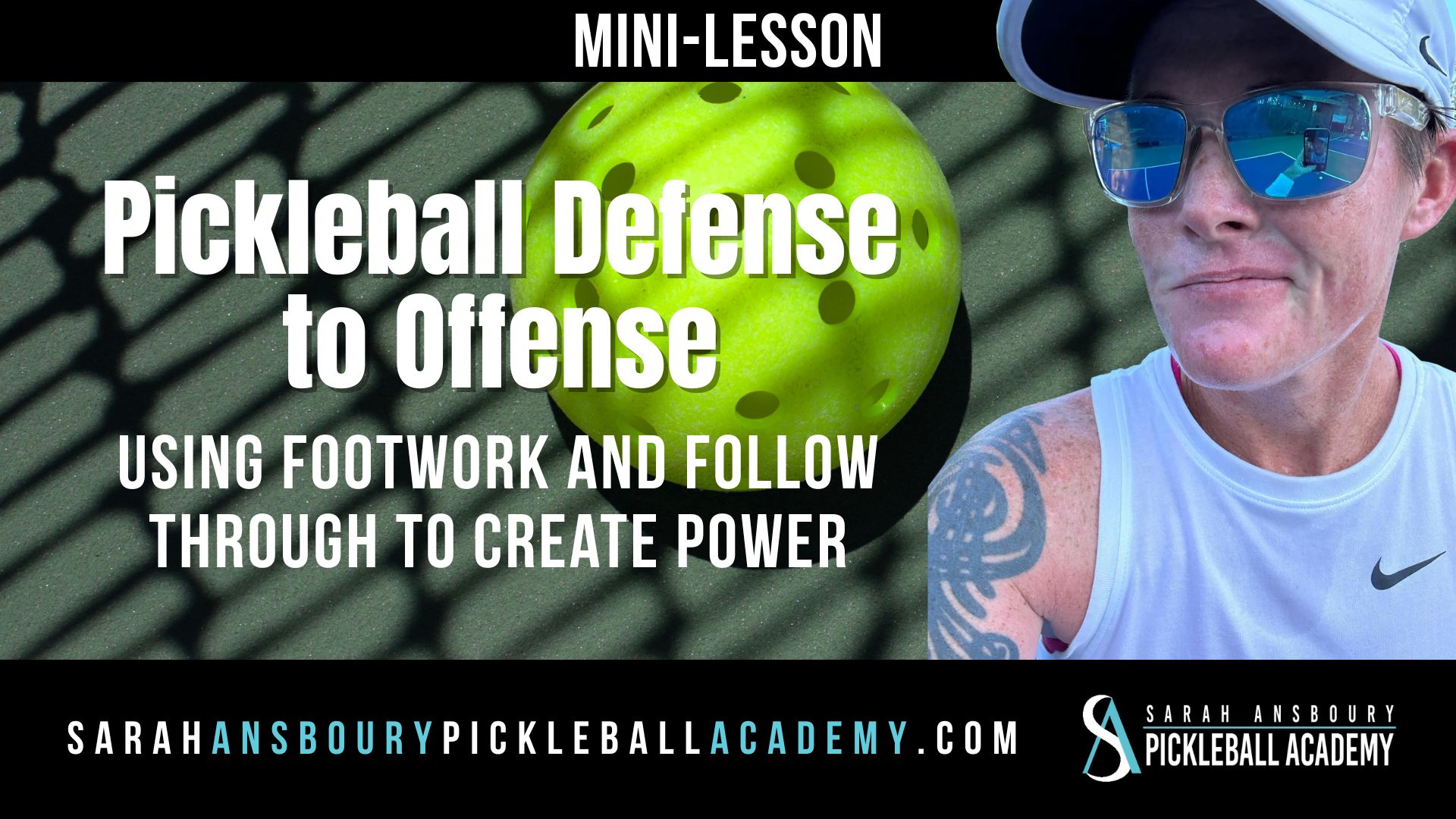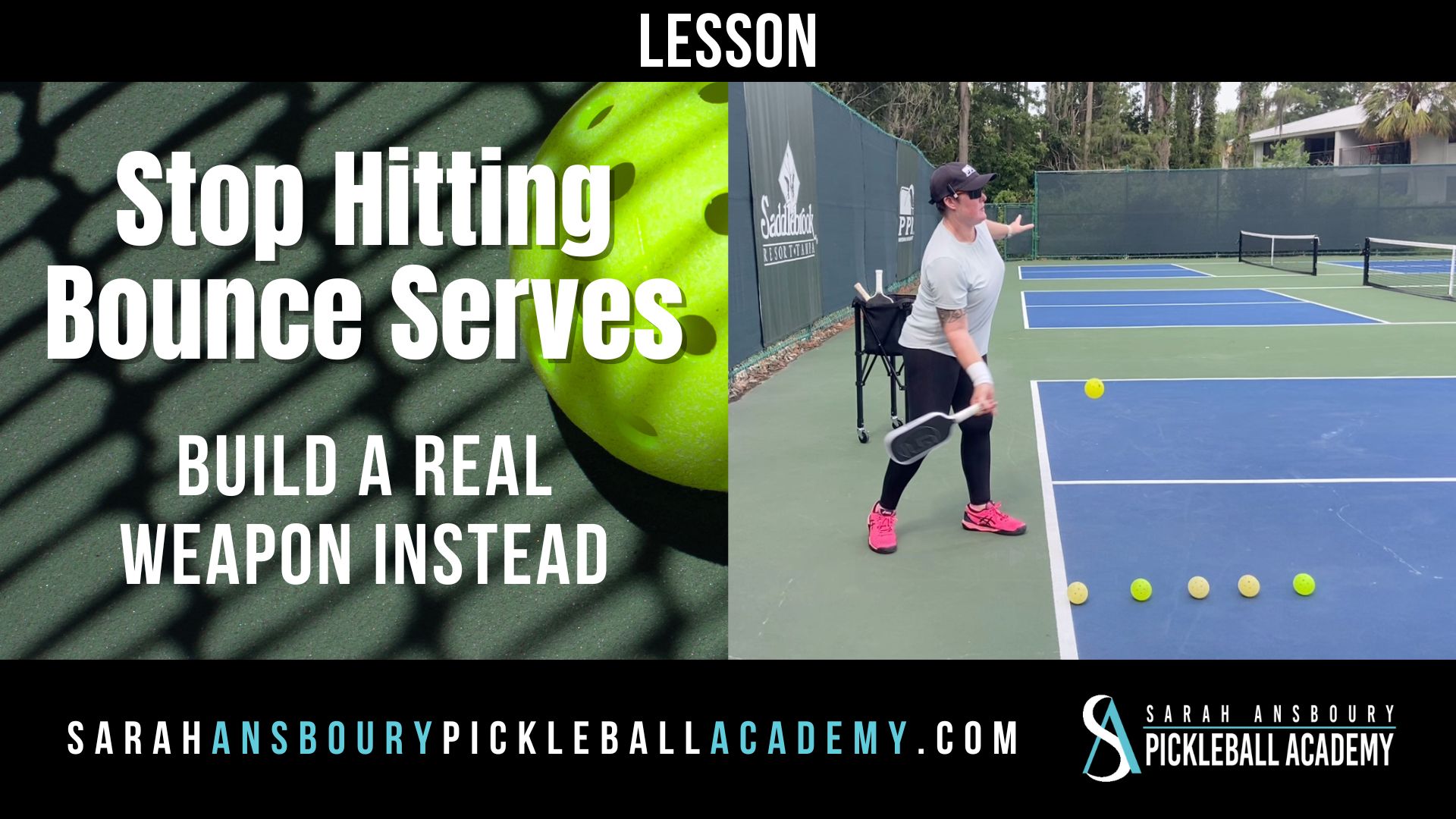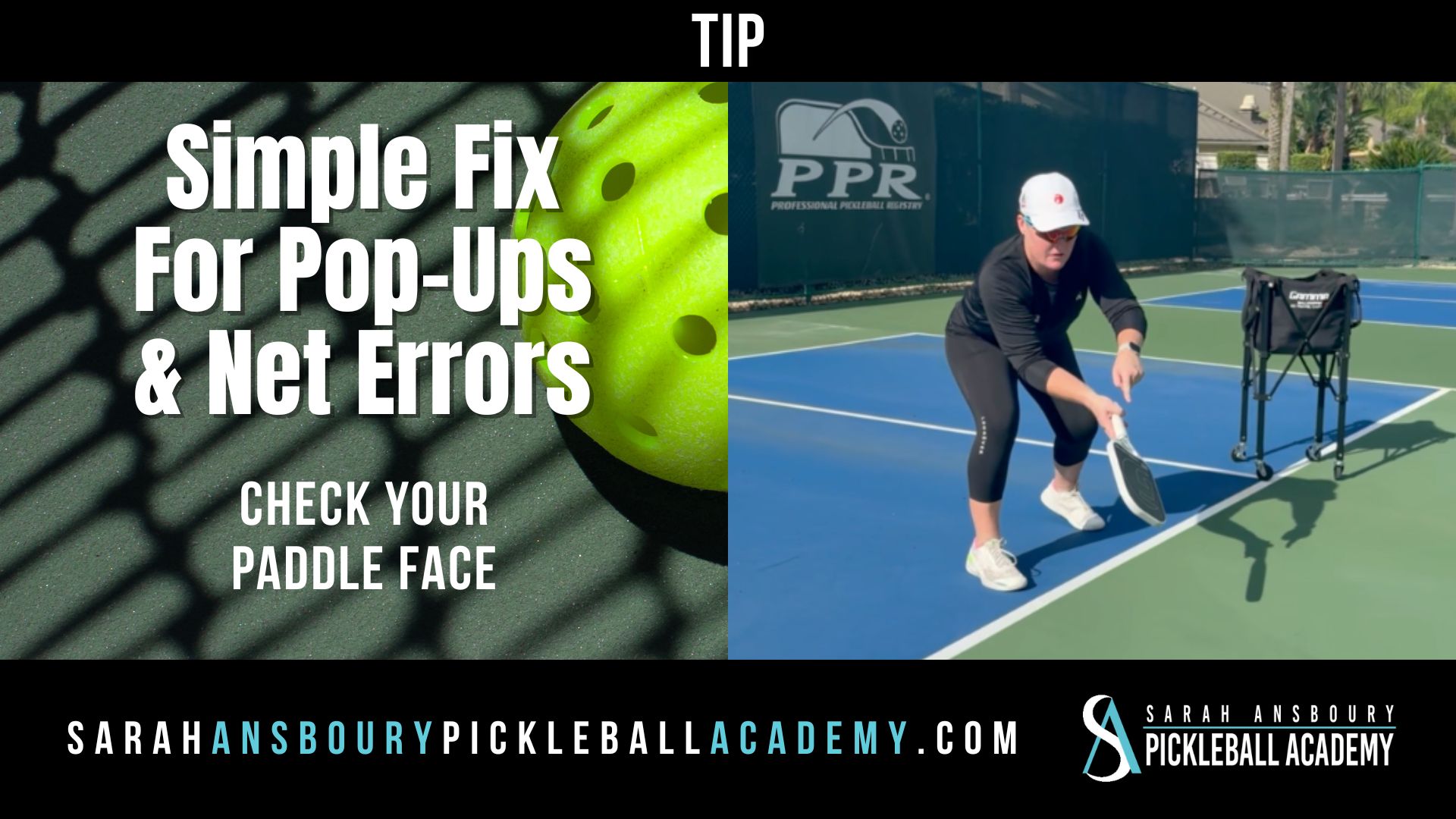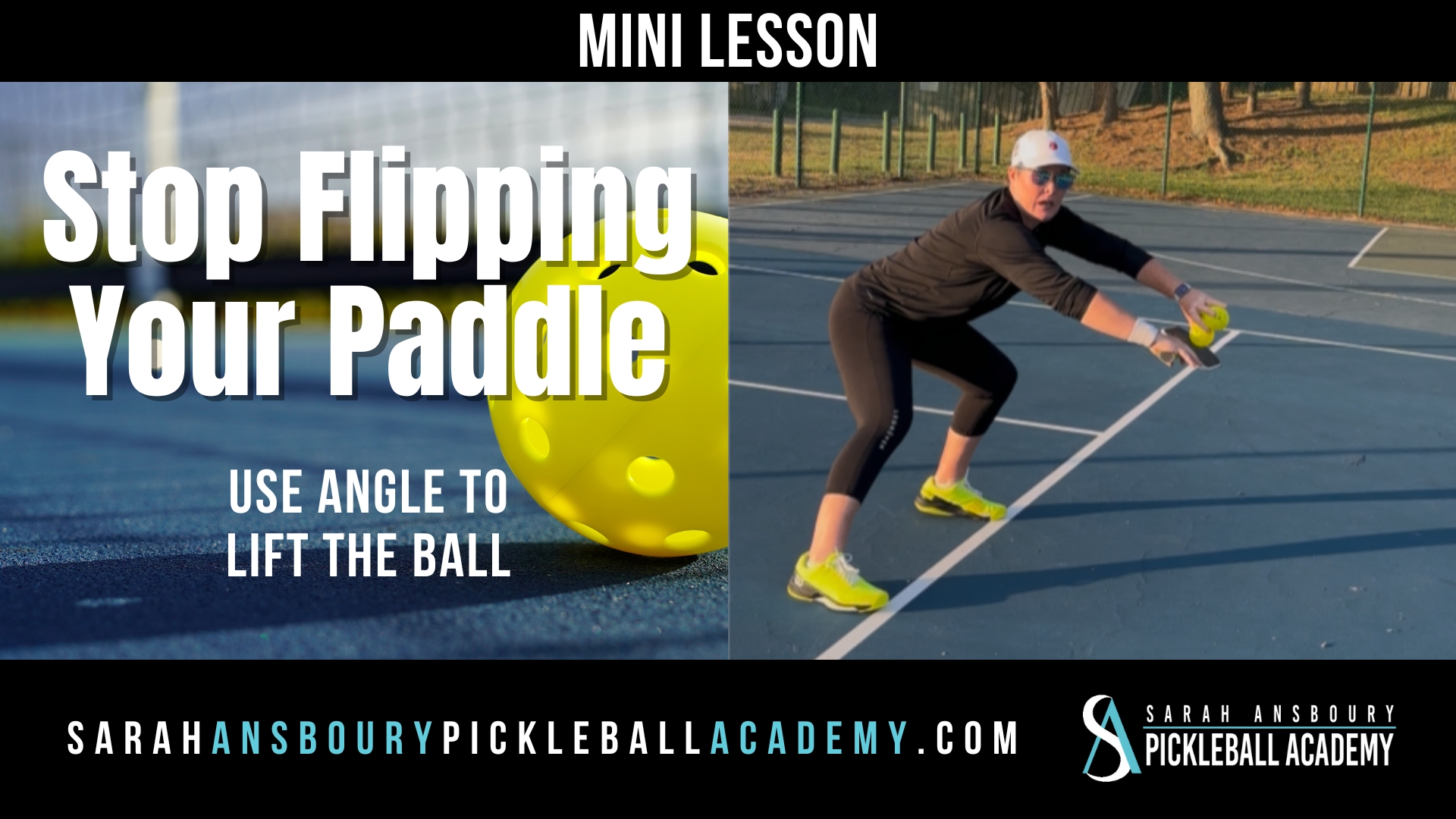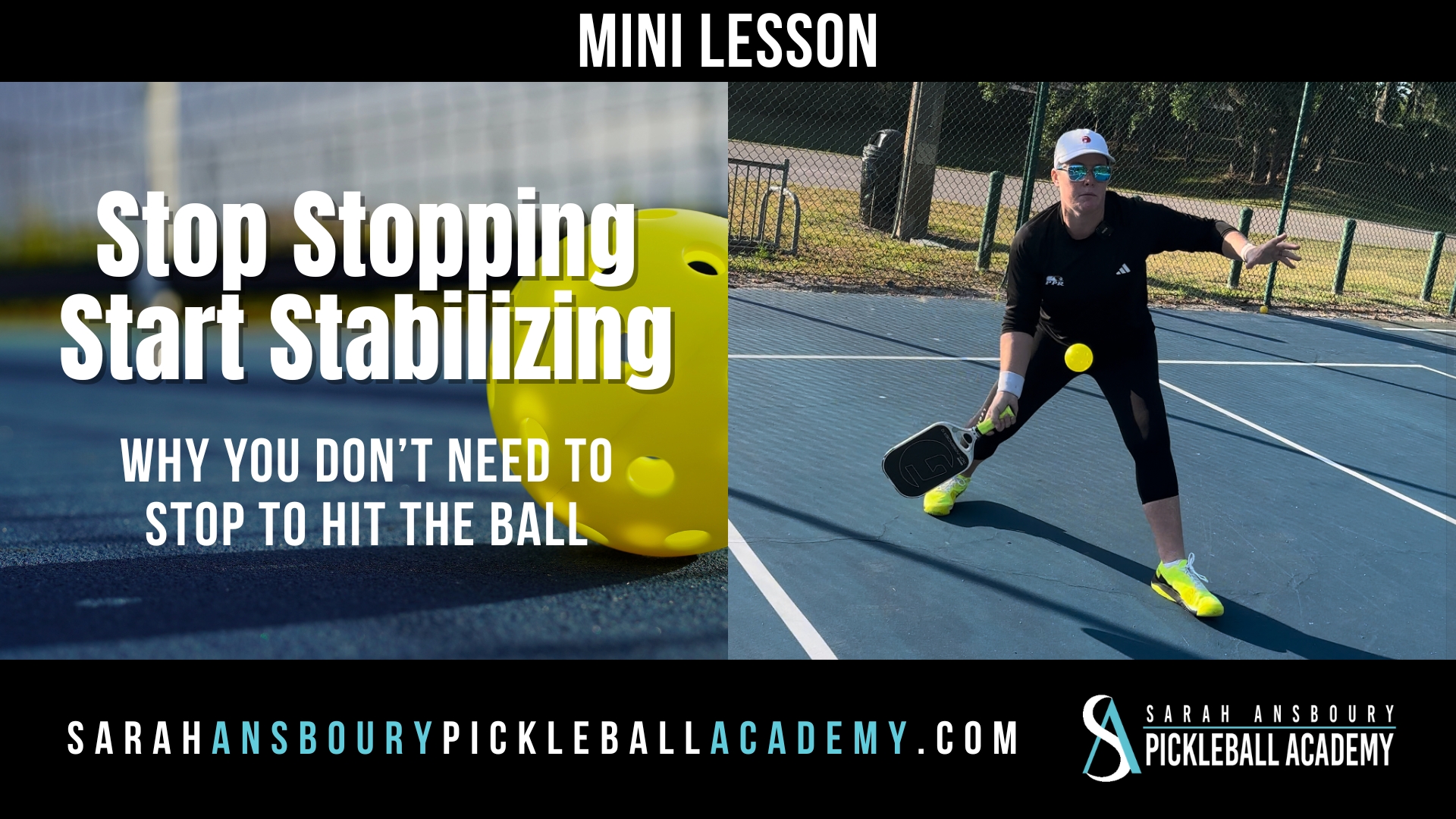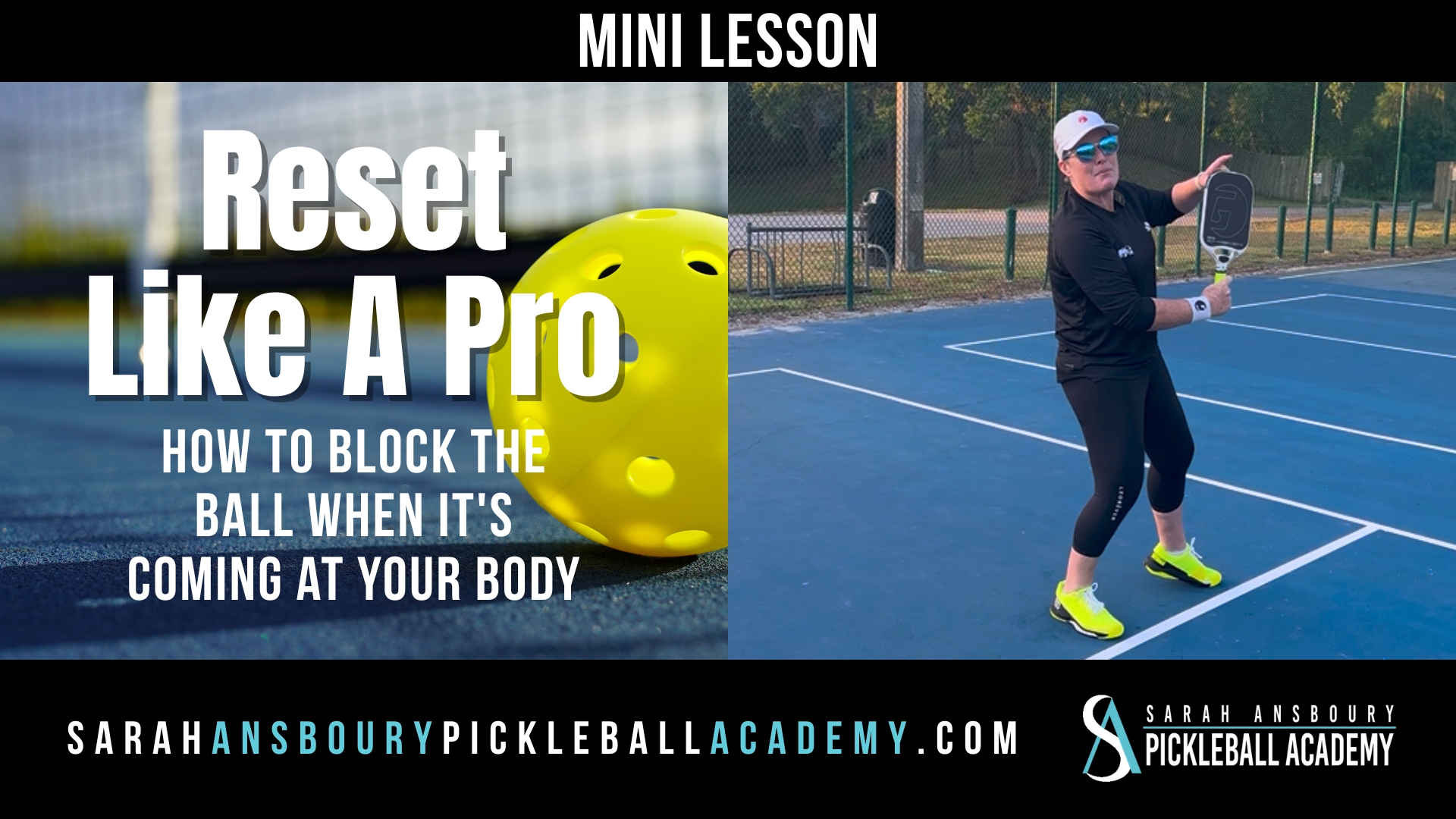I was playing recently with a friend who was just back from a long lay off after an injury. I realized pretty quickly she was aiming for the players not the open spaces on the court.

When a “winner” isn’t a winner
There were many times that day when she hit what was clearly intended as a winner. But as we were playing against some pretty skilled players, and she hit it back at them…it was most often returned. At times we found ourselves on defense when we should have just won the point.
Even though she knew better she wasn’t thinking clearly. Instead, she was focused on the easiest thing to see. The fact is a person is easier to see than the space around them.
not intentional
hit it to their feet
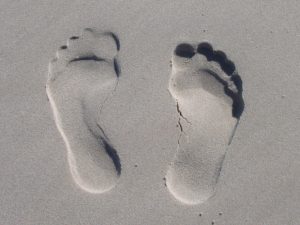 We are often coached to “hit it to their feet”. And, of course, it is better to have a target rather than just hoping to get it across the net. But it may still allow a player to get their paddle on the ball…and occasionally, even, hit a winner. Instead of to their feet, I would suggest hitting it behind their feet. Hit it to an open space behind the player! To return the ball they will be required to step backward or scoop the ball, resulting in a high return.
We are often coached to “hit it to their feet”. And, of course, it is better to have a target rather than just hoping to get it across the net. But it may still allow a player to get their paddle on the ball…and occasionally, even, hit a winner. Instead of to their feet, I would suggest hitting it behind their feet. Hit it to an open space behind the player! To return the ball they will be required to step backward or scoop the ball, resulting in a high return.
hit to the space
During a point, we need to constantly choose a target. Rather than just attempting a third shot drop, I encourage you to hit it cross-court just outside your opponent’s foot. This is one of the shots I encourage every player to fully develop. As you become more proficient, you can work to lower the apex of the ball causing the ball to hit just behind the player’s foot rather than in front of them.
Another example would be to hit the middle of the court about 5 feet from the baseline. This is a great target when you have a high ball that you can put away. By hitting the space that is open you are able to hit a winner without utilizing 100% of your power…improving your accuracy percentage.
practice using targets
 chalk.) Play out points, but give yourself bonus points if you are able to hit the target. You must practice conscious intention just as you would practice any other aspect of your game. You may feel that you don’t have enough control to do this…but everyone has to start somewhere. When our brains and bodies work together good things happen. And remember, hit to the space…not the face.
chalk.) Play out points, but give yourself bonus points if you are able to hit the target. You must practice conscious intention just as you would practice any other aspect of your game. You may feel that you don’t have enough control to do this…but everyone has to start somewhere. When our brains and bodies work together good things happen. And remember, hit to the space…not the face.
